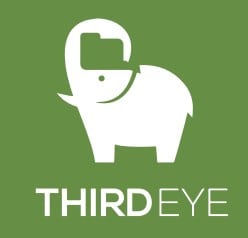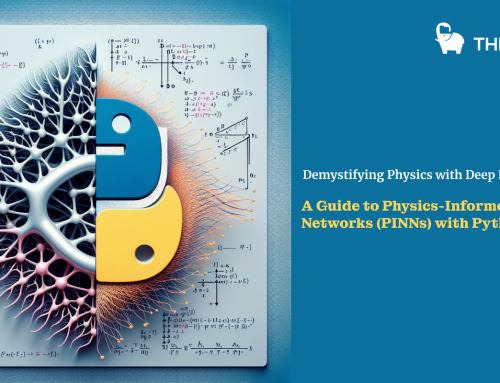Caffe is a deep learning framework made with expression, speed, and modularity in mind. It is developed by Berkeley AI Research (BAIR) and by community contributors. Yangqing Jia created the project during his PhD at UC Berkeley. Caffe is released under the BSD 2-Clause license.
Why Caffe?
Expressive architecture encourages application and innovation. Models and optimization are defined by configuration without hard-coding. Switch between CPU and GPU by setting a single flag to train on a GPU machine then deploy to commodity clusters or mobile devices.
Extensible code fosters active development. In Caffe’s first year, it has been forked by over 1,000 developers and had many significant changes contributed back. Thanks to these contributors the framework tracks the state-of-the-art in both code and models.
Speed makes Caffe perfect for research experiments and industry deployment. Caffe can process over 60M images per day with a single NVIDIA K40 GPU*. That’s 1 ms/image for inference and 4 ms/image for learning and more recent library versions and hardware are faster still. We believe that Caffe is among the fastest convnet implementations available.
Community: Caffe already powers academic research projects, startup prototypes, and even large-scale industrial applications in vision, speech, and multimedia. Join our community of brewers on the caffe-users group and Github
Philosophy
In one sip, Caffe is brewed for
- Expression: models and optimizations are defined as plaintext schemas instead of code.
- Speed: for research and industry alike speed is crucial for state-of-the-art models and massive data.
- Modularity: new tasks and settings require flexibility and extension.
- Openness: scientific and applied progress call for common code, reference models, and reproducibility.
- Community: academic research, startup prototypes, and industrial applications all share strength by joint discussion and development in a BSD-2 project.
and these principles direct the project.
Tour
- Nets, Layers, and Blobs: the anatomy of a Caffe model.
- Forward / Backward: the essential computations of layered compositional models.
- Loss: the task to be learned is defined by the loss.
- Solver: the solver coordinates model optimization.
- Layer Catalogue: the layer is the fundamental unit of modeling and computation – Caffe’s catalog includes layers for state-of-the-art models.
- Interfaces: command line, Python, and MATLAB Caffe.
- Data: how to caffeinate data for model input.
For a closer look at a few details:
- Caffeinated Convolution: how Caffe computes convolutions.
Deeper Learning
There are helpful references freely online for deep learning that complement our hands-on tutorial. These cover introductory and advanced material, background and history, and the latest advances.
The Tutorial on Deep Learning for Vision from CVPR ‘14 is a good companion tutorial for researchers. Once you have the framework and practice foundations from the Caffe tutorial, explore the fundamental ideas and advanced research directions in the CVPR ‘14 tutorial.
A broad introduction is given in the free online draft of Neural Networks and Deep Learning by Michael Nielsen. In particular the chapters on using neural nets and how backpropagation works are helpful if you are new to the subject.
These recent academic tutorials cover deep learning for researchers in machine learning and vision:
- Deep Learning Tutorial by Yann LeCun (NYU, Facebook) and Marc’Aurelio Ranzato (Facebook). ICML 2013 tutorial.
- LISA Deep Learning Tutorial by the LISA Lab directed by Yoshua Bengio (U. Montréal).
For an exposition of neural networks in circuits and code, check out Understanding Neural Networks from a Programmer’s Perspective by Andrej Karpathy (Stanford).
Source: Caffe | Deep Learning Framework






